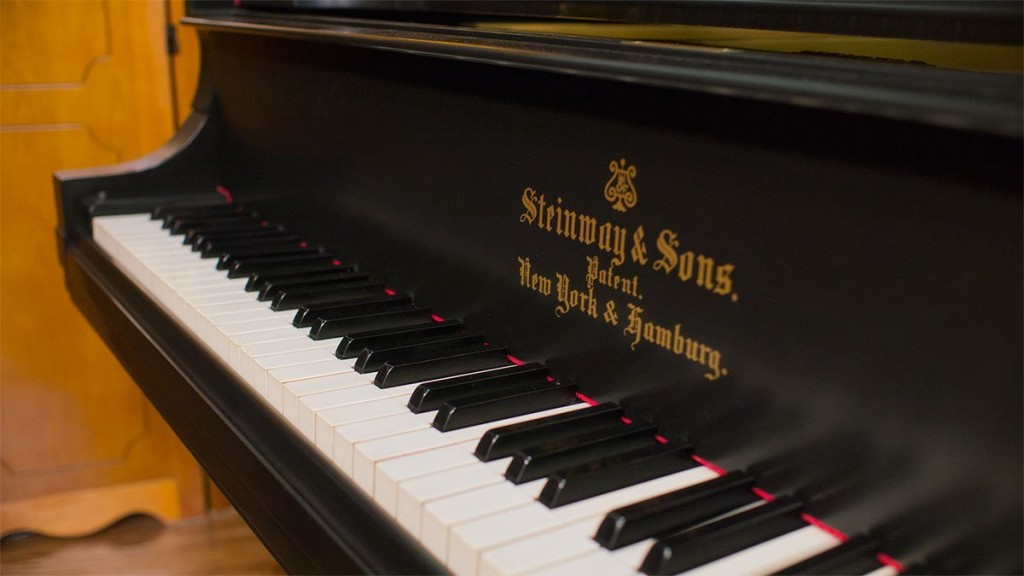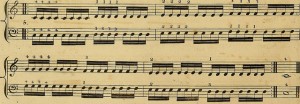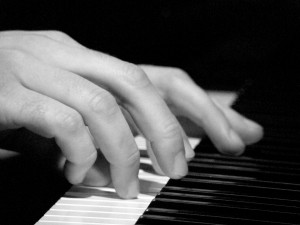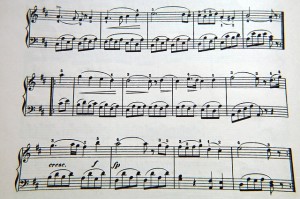
Most everyone has at least one bad habit. Maybe yours is biting your nails, or maybe you waste too much time on social media (guilty). The worst thing about bad habits is that they’re difficult to break. Bad habits have to be retrained into good habits, which is why it’s best to form good habits and avoid bad habits in the first place.
The Dangers of Bad Piano Habits
Over the years I’ve observed a lot of bad habits that pianists have. I’ve had to go through the rigorous process to break my own bad piano habits. All of the following bad habits are pretty common, especially among self-taught pianists. Why are bad habits such a problem in piano playing? You’d be surprised how many people really have no idea. Here’s why:
1) Your bad habits will make playing piano harder for you and will limit you.
2) Your bad habits could lead you to hurt yourself – perhaps permanently.
3) Your bad habits make your piano playing sound bad.
Here are some of the most common bad piano habits I’ve seen and what you should be doing instead. (Any pianists or potential pianists out there, read carefully!)
Bad Habit 1: Failing to Practice Effectively
Remembering to practice is important, but it is not enough: you have to practice effectively. Practicing is not just playing through your songs; it is training for your mind and fingers. One practice session may include playing one measure over and over again until you get it right. It may include playing a scale in different rhythms until all your fingers sound strong on every key. It may include playing one hand at a time to master fingerings or difficult passages. It may include slowing the tempo down and playing with a metronome. At one point or another, all of these will be needed, as well as many more practice techniques. Every pianist needs to learn how to practice effectively. If you don’t know how to practice effectively, piano lessons can help you.
 Bad Habit 2: Skipping Your Exercises
Bad Habit 2: Skipping Your Exercises
An intelligent piano teacher will give you exercises to strengthen your fingers. Even if they’re not as fun to play as “real music”, you should always do them! Sure, you may be able to progress somewhat without proper exercise, but your progress will be much slower and your fingers will ultimately be weaker. If you want to become a great pianist and to observe your own progress, do your exercises.
A classic example: Your teacher asks you to practice scales and you think they’re boring, so you never play them. Then you begin learning a Beethoven piece and find out that — surprise! — it has an alarming amount of scale work written into the music. If you’d already been practicing your scales every day this would be a piece of cake, but since you haven’t, you have to slave over this section for weeks. Something that could have been easy if you’d just put in the time to exercise has now become frustrating drudgery, and you’re kicking yourself.
 Bad Habit 3: Flat Fingers!
Bad Habit 3: Flat Fingers!
Flat fingers are often a key identifier of self-taught pianists. Instead of playing with your fingers flat against the keys, your fingers should be gently curled so that your fingertips are hitting the keys and not the flat of your fingers. It should feel like you’re cupping your hand around a small ball. Playing with flat fingers slows you down, makes it sound choppy, and limits what you can do. You most likely won’t realize this until you attempt to play advanced level music, you stop to really analyze the sound of your playing, or you take lessons with an advanced teacher. Playing with your fingers curved and your hand lightly arched lets you play smoothly, connectedly, speedily, and lets you play SO much more. Why is this?
Finger Length: Obviously, your fingers are all different lengths. If you’re playing with flat fingers, your thumb will never reach the keys and you’ll have to force your hand into awkward and uncomfortable positions to use it…or you won’t use your thumb at all (which is also bad!!). The rest of your fingers are all different lengths, so you’ll come to depend on your longer ones while neglecting the shorter fingers. But when you curl your fingers properly, the tips of your fingers all come together so that they can all reach the keys comfortably. All of your fingers can be used for more effective playing.
Response Speed: When your fingers are straight, you have far less control over their movement. Try tapping your pointer finger repeatedly on a table, first with your finger curved, and then again with your finger straight or flat. It’s easy to see how much more control you have and how much more speed you can gain by playing with your fingers properly curved.
Crossing Fingers: Often in piano music, your thumb will have to cross underneath your other fingers so that you can play longer multi-note passages. This simply is not possible when your fingers are flat because your thumb has no room to cross under.
 Bad Habit 4: Bad Fingering
Bad Habit 4: Bad Fingering
Bad fingering…Oh, there are so many thing to be said about this. Too many. For your own sake, I plead with you, learn to follow the fingering on the sheet music. If there is none, ask your teacher to write it in for you. If you’re working your way up the keyboard and you start crossing your right hand 3 or 4 finger over your 5 finger instead of crossing your thumb under…shame on you. You’ll slow yourself down, make the music sound choppy, and possibly hurt your fingers/hands. A lot of pianists say, “I’m just figuring out the notes, and once I’m comfortable with the notes, then I’ll fix my fingering.” To that I say, No. This is not the right answer. If you do too much of that, you’re subconsciously teaching your fingers to play it one way instead of the right way. Then you have to try to relearn it with the correct fingering, which is much harder to do than having taken the time to play with the correct fingering from the beginning. Trust me when I say that I know this from lots of personal experience.
You may not understand why it says to use certain fingers. It may even feel weird for you. But if you hope to become an advanced pianist, or even a good intermediate-level pianist, one day when you reach your goal you will come to understand how proper fingerings enable you to play more difficult music. Until then, trust the fingerings and trust your teacher.
Bad Habit 5: Abusing the Pedal
Some pianists think that the sustain pedal, which causes the sound to have a nice echo or ring, should be pressed at all times. This is most definitely not the case and can make your music sound muddled, messy, and, well, not very good. Follow the composer or editor’s suggested pedaling. If there is no suggested pedaling, ask your teacher for help in determining where it is appropriate. For some songs, much or all of the song WILL use pedal (which you will have to lift and press down again repeatedly in the right spots to clear the muddy sound). For other songs, no pedal should be used. For most, the pedal is used at some points and not others. The pedal is meant to enhance the sound where it is needed, and it shouldn’t be abused.
In conclusion: No pianist becomes an expert all at once. Many students cut corners and unknowingly develop bad habits because they want to sound good right away. Even if you have a gifted ear and can pick out any song on the piano without assistance, you won’t build the skills, the finger strength, the understanding of music theory, the ability to read music, etc. without practicing good habits. Hopefully by reading this you’ve become aware of any bad habits you might have, and hopefully you’ve learned something valuable that will help you as you work on your piano skills. If you’d like more help, I’d be happy to teach you piano lessons! Developing good piano habits with regular routine practice sessions will help you avoid crippling bad habits and allow you to become the skilled pianist you want to be.
